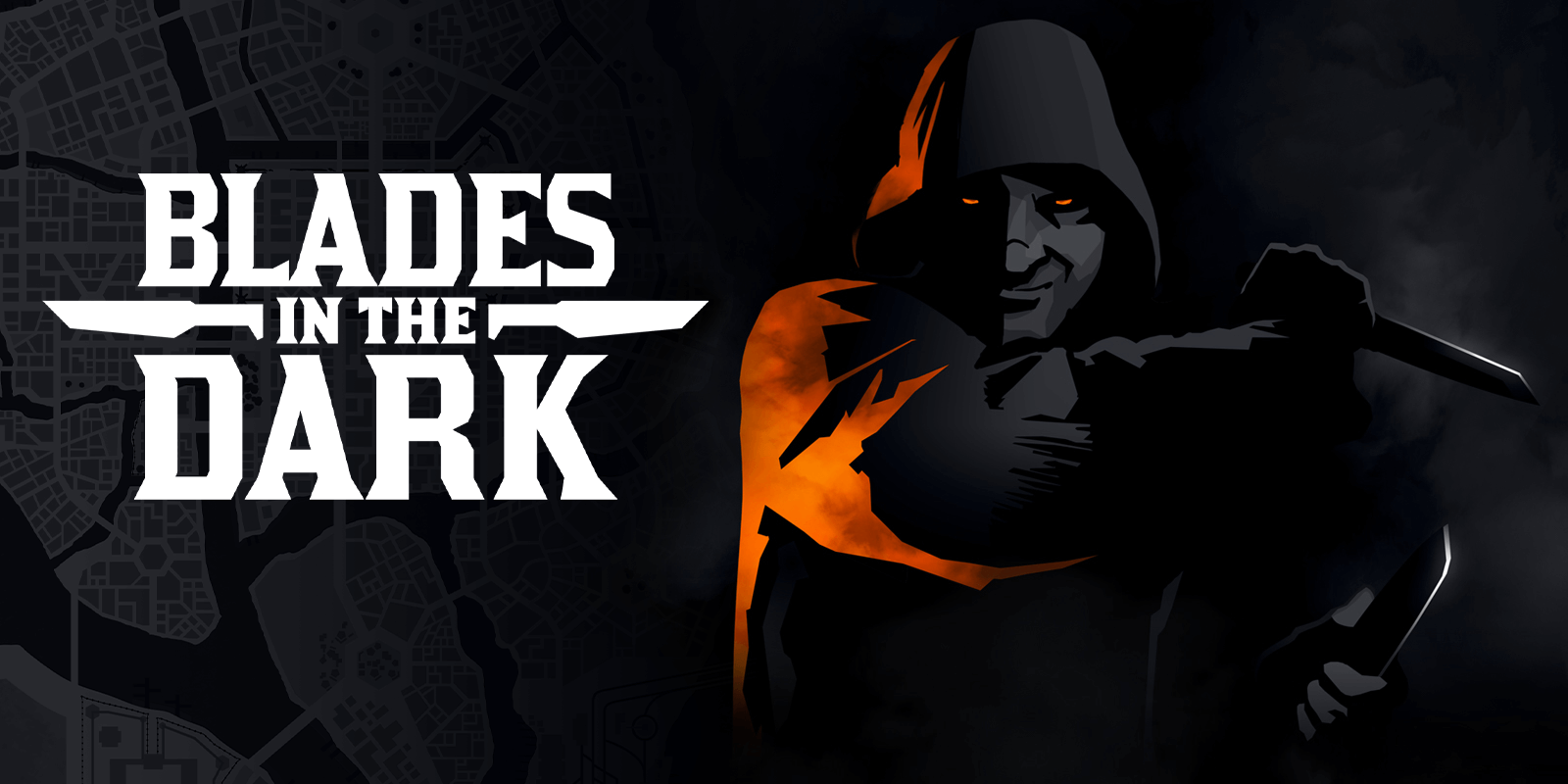
Blades in the DarkBy One Seven Design
Locales
After the crew finishes a score (succeed or fail), they take time to recover, regroup, and prepare for the next operation. This phase of the game is called downtime.
Downtime fulfills two purposes in the game:
- First, it's a break for the players. During the action of the score, the PCs are always under threat, charging from obstacle to obstacle in a high-energy sequence. Downtime gives them a reprieve so they can catch their breath and relax a bit—focus on lower-energy, quieter elements of the game, as well as explore personal aspects of their characters.
- Second, the shift into a new phase of the game signals a shift in which mechanics are needed. There are special rules that are only used during the downtime phase, so they're kept "out of the way" during the other parts of play. When we shift into downtime, we take out a different toolbox and resolve downtime on its own terms, then shift back into the more action-focused phases of the game afterwards.
Downtime is divided into four parts, which are resolved in order:
- Payoff. The crew receives their rewards from a successfully completed score.
- Heat. The crew accumulates suspicion and attention from the law and the powers-that-be in the city as a result of their last score.
- Entanglements. The crew faces trouble from the rival factions, the law, and the haunted city itself.
- Downtime Activities. The PCs indulge their vices to remove stress, work on long-term projects, recover from injuries, etc.
After the downtime activities are resolved, the game returns to free play, and the group can move toward their next score.

